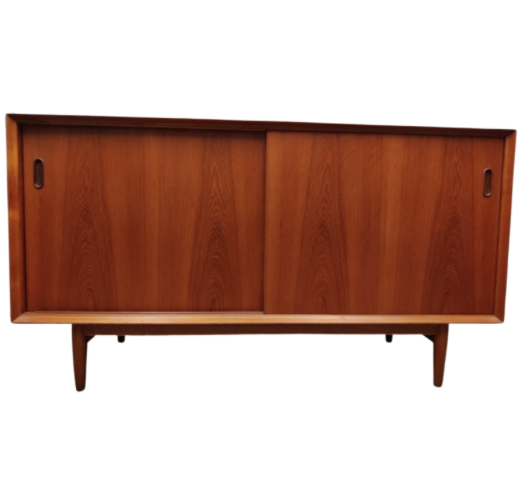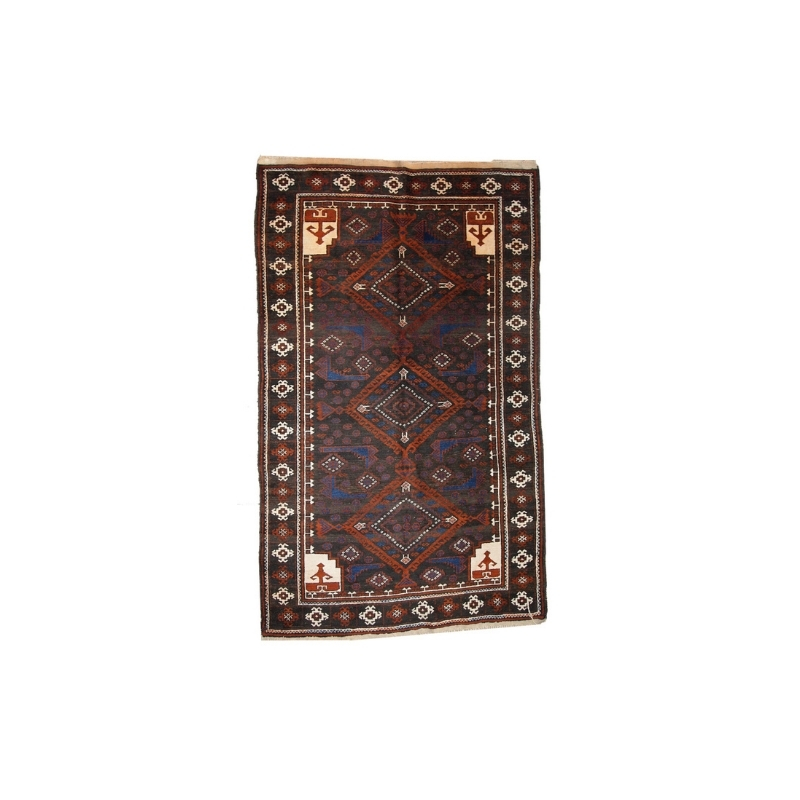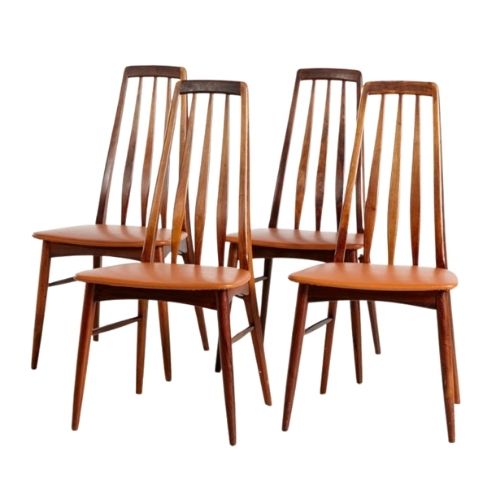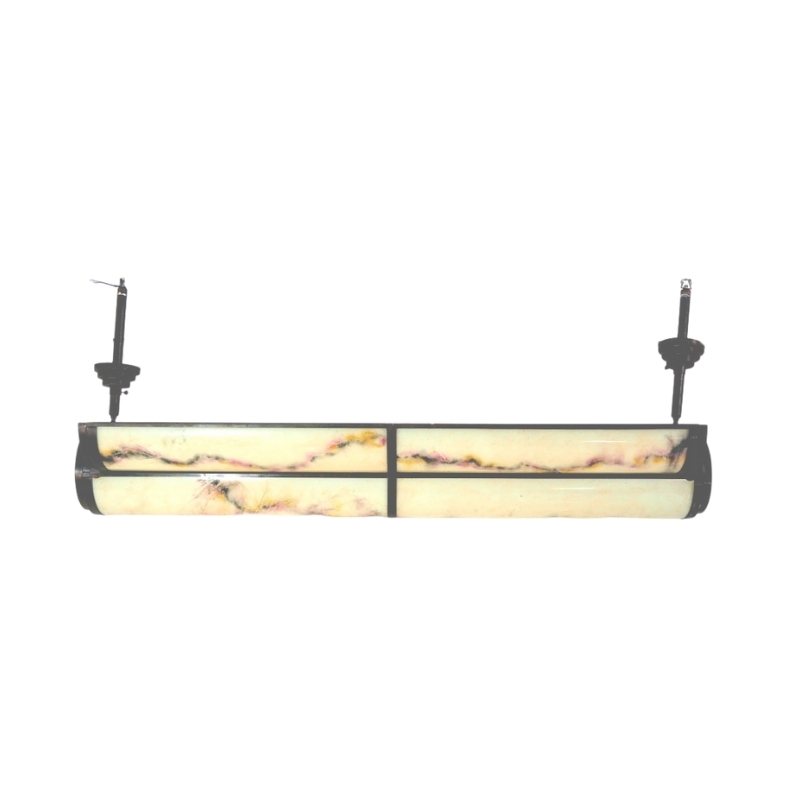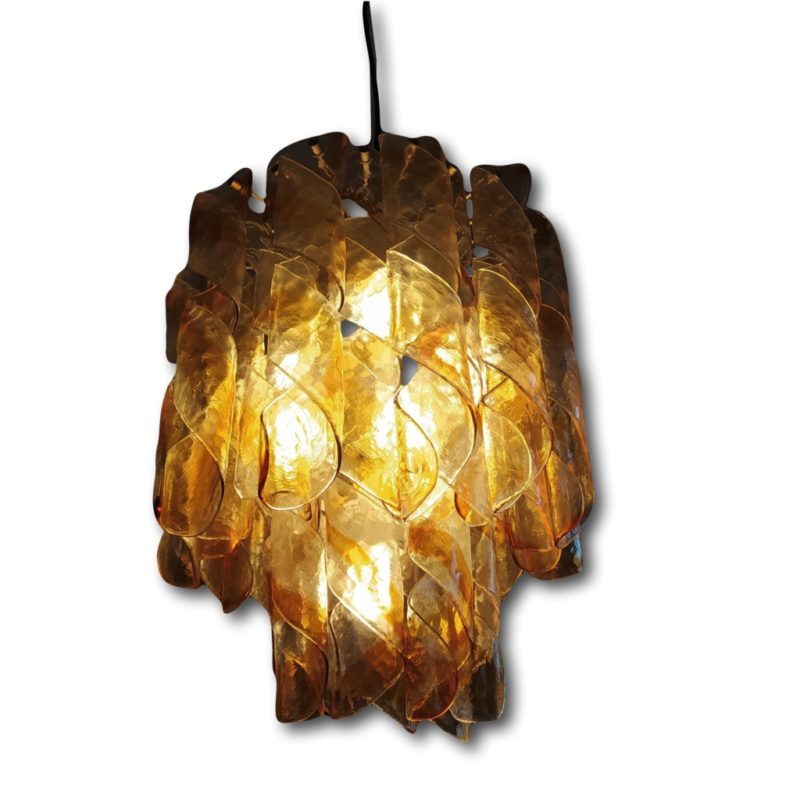(fresh link, provided by Spanky. Scroll down to "The History & the Craftsmanship of Hans J. Wegner's The Chair" video)
It's just pure beauty
...and a joy to watch. Of course most of the equipment did not exist when Wegner designed the chairs. The reason why he did not have a problem to convince the manufacturers to make them was that most of these projects were in fact show-off pieces for the cabinetmakers. Every year they would surprise Denmark and later Europe and the world with furniture that was both beautyful and had a degree of difficulty that would demonstarte the unique skills of the makers. Amoung craftsmen it was clearly seen as a competition ofbeauty and skill and so they loved to team up with the best designers. The CNC equipment has made it a lot easier and yet we seem to shy away from making these complex wooden shapes that are now within reach of regular industrial production.
Thank you for posting them, its also a joy to hear a familiar language!
God, I love oak. I've been to...
God, I love oak. I've been to the factory myself some years ago, the smell of freshly cut wood in the workshops is wonderful.
I was actually sitting and looking through the news from Moroso and Established & Sons, so this movie was a really nice little break for my eyes and mind. Thanks!
Isn't it
interesting, our reactions to these little films ?
There is something there that speaks to the craftsman at a very basic level. For me, at least, having known these pieces for fifty years or more and always wondering about their secrets (what's in those joints, and how are those monstrously complex parts cut, molded and assembled), to now at last see them being born (in their new home) is just such a deeply meaningful treat.
Would Koen (thanks for the extra insight) or anyone else happen to know more about the original procedures -- i.e., how was the arm and back shaped before the use of the copy lathe ?
In reponse to your question, SDR--
I can't boast of woodworking skills or knowledge, but I'm an indefatigable googler.
All I could find, in reference to your question, is contained below, in an interview with the woodworker James Krenov.
(Not quite as enlightening as I'd hoped, but I can't let the results of a perfectly good google search go to waste.)
-------------------------------------------------
MR. FITZGERALD: You said that you felt that computer control --computer design and computer controlled machinery is really having a bad effect on the field. What is your thought on that?
MR. KRENOV: Well, the Danes were the first to perfect the technique of shapers and templates before computers. [Hans] Wegner and some of the others. I had a little show in Denmark once in Copenhagen, and I had the honor of dining with Wegner and some of the others, and I visited his shop and what they were able to do-- they could design one of his chairs and get everything off the shaper ready to glue up. Glued it up, sanded a little, sprayed it with lacquer, and that's a Wegner chair. But they were the first ones to really discover the potential of the shaper and, you know, later on it's computerized and so on, but early on it was just templates.
MR. FITZGERALD: Yes. What do you think is lost when you do that?
MR. KRENOV: Pardon?
MR. FITZGERALD: What's lost?
MR. KRENOV: Well, that's a good question. What is lost? The intimacy of course. The presence of tools and so on, but they sort of come together, you know, to where it's hard to differentiate between something that you've done with a great deal of heart and soul and skill and something that's been made and they're side by side. It's really hard. You can do fine things in a commercial way. Mostly they don't. They make garbage, but it is possible to do very refined work commercially.
http://www.aaa.si.edu/collections/oralhistories/tranSCRIPTs/krenov04.htm
Maybe I can help out
with the second part of the PP 503
Watch for the way the leather is stretched. I had completely forgotten this detail but when seing it I remembered by father insisting on not stretching the leather as much in the front to back direction as in the left to right direction. He had learned that it would wear out on the edges faster if the leather or fabric could not move. On the side of the seat you do not have the same problem because you hardly move sideways. So the stretching from left to right is what you should use to get the leather wrinkle free, not the front to back. We have a talented and knowledgeable upholsterer on the forum...can you confirm that?
By the way part two also strats with measuring the trees, so don't be confused, after a few imigaes of the first part it goes on with the second....enjoy!
http://www.youtube.com/watch?v=L7HAFzCqtj8&feature=related
Hands on Modern
We live in the age of I want it now; and, I am guilty of occasionally having a click and ship mentality.
These little films help me to appreciate not only the beauty of design but the humanness of the process. That is quite a feat for a woodworking documentary film!
Thanks for posting the link.
If you need any help, please contact us at – info@designaddict.com



